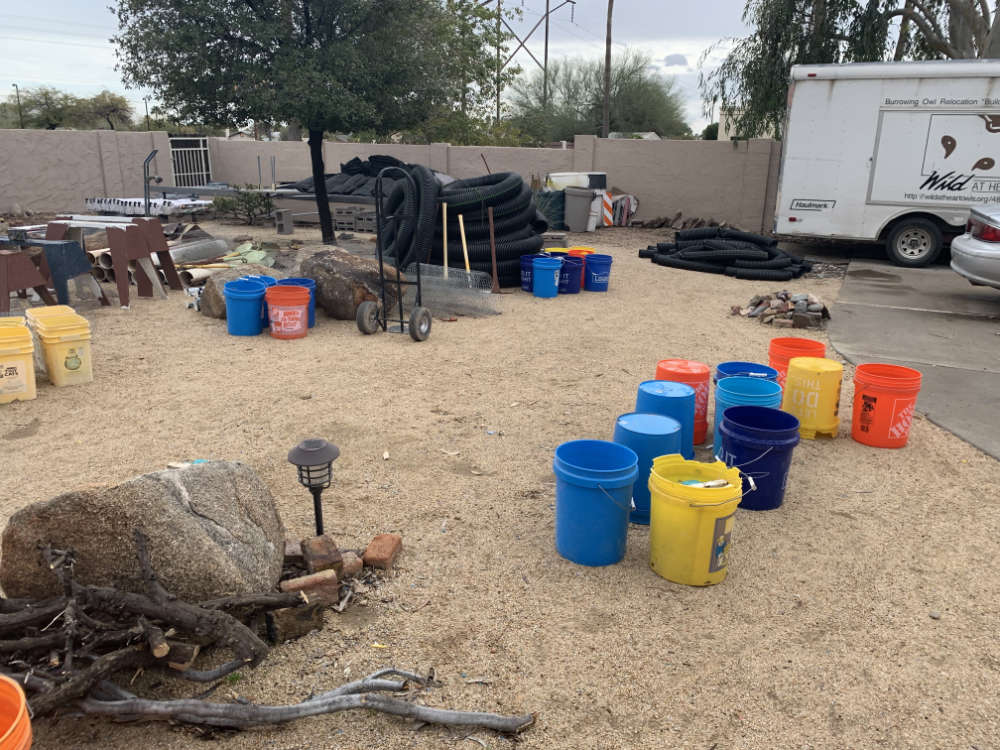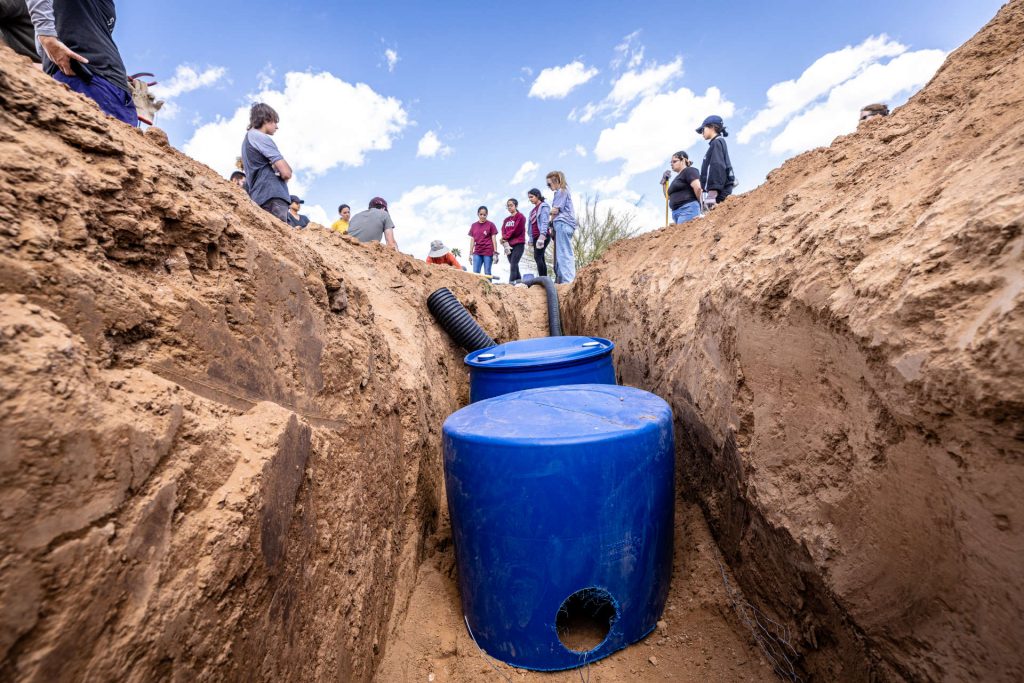Artificial Habitats
Owly Infrastructure.
As their name suggests, burrowing owls nest in underground burrows typically dug by small mammals like ground squirrels, foxes, and badgers (although they are also capable of digging their own). In many parts of its migratory range, including Canada, the United States, Mexico, and Central America, the burrowing owl is listed as endangered, threatened, or a species of special concern. For burrowing owls, population decline is a complex problem but is closely related to habitat loss due to similar reported declines in burrowing mammals, compounded by human encroachment.
To mitigate the loss of burrowing owl habitats, humans have devised a variety of artificial burrow designs to mimic and act as stand-ins for naturally dug burrows. Typically, these designs comprise of large pails or drums that act as the nest space, connected to plastic tubing, which is reinforced at the entrances to prevent predators from entering or destroying the burrow.


Burrowing owls must navigate a broken habitat. As a migratory species, burrowing owls are subject to different regulations as they cross human-made political borders throughout its range. This creates challenges for conservation efforts as the burrowing owls may face different levels of protection depending on where they are situated.
Designing burrowing owl habitat mitigations requires combining local knowledge of the environment with an understanding of burrowing owl needs, while negotiating with stakeholders to determine suitable spaces for burrows will be installed.